Propane grills are an outdoor cooking staple for many people, especially during the summer months.
If you find that your propane grill has a lower flame than normal and doesn’t seem to be working as well as it should, there are some simple steps you can take to fix this problem.
Keep reading to learn more about what may cause low flame on a propane grill and how to fix it!
What is a Propane Grill?
A propane gas grill is typically fueled by Propane and operates in the same way as other grills (like natural gas or charcoal), however, they are more easily accessible for quick cooking.
Grills that run on propane are a great option because they don’t require as much attention or maintenance, and many homeowners will choose to cook with them more often.
Propane gas is delivered in cylinders capable of holding up to 20 pounds each which can be used for several months before being refilled.
Propane gas is generally stored in a large tank that can be accessed only by trained technicians, but some people choose to store the cylinders themselves for convenience.
How Does It Work?
propane grills work by burning the LP gas to create heat. The sealed system directs this hot air across the grill’s burners, which then heats up the cooking surface and creates what is known as “flame” or “flames”.
this flame then cooks the food that is placed on it. Propane grills use indirect heat because they are not in direct contact with the cooking surface, so their flames will always remain below 400 degrees Fahrenheit (indirect).
What Does It Mean When A Propane Grill Has Low Flame?
One common issue with propane grills is that the flame just isn’t as hot or strong and cooking requires more time. The most likely culprits for low flame on a propane grill are loose connections in either the regulator, gas hose or connection to the fuel tank (or all three!) Fixing any of these will help return your grill to its former glory. You can go for a propane grill regulator replacement.
Difference Between High, Medium, And Low Flames of a Propane Grill
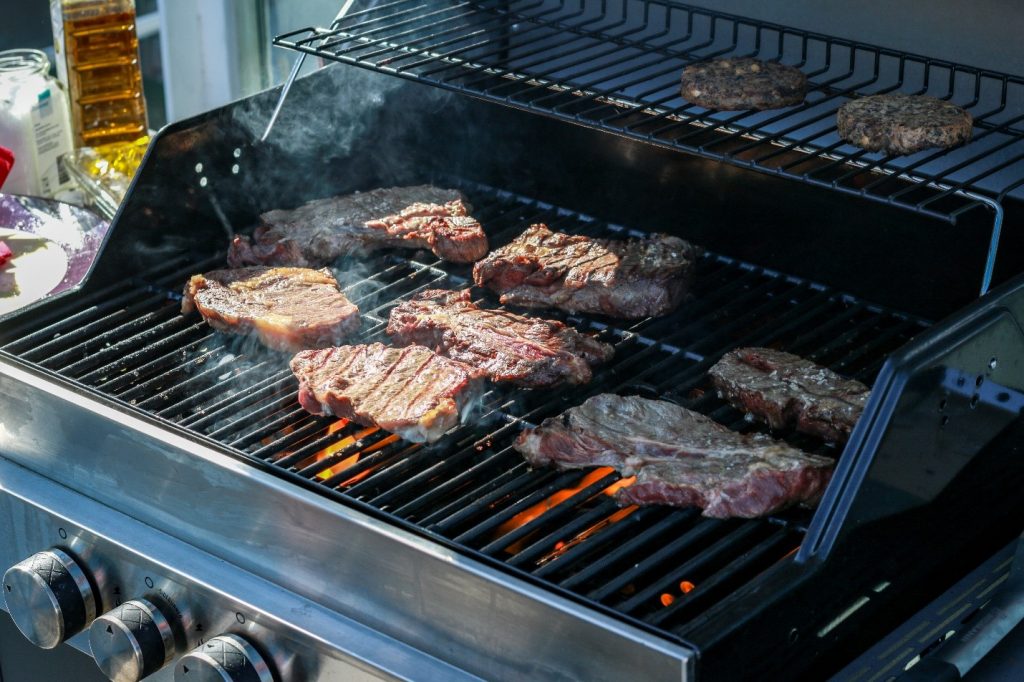
High Flame Medium Flame Low Flame Difference: High flames are best for searing meat or cooking large cuts of food that require a hot surface to brown.
Medium flames are best for cooking thinner cuts of meat and vegetables that require a little gentler heat, or if you need to keep an eye on the grill as it cooks food but still want some char marks.
Low flame is perfect for delicate foods like fish, which don’t have much fat content that can drip down onto low-burning coals.
How to Fix the Problem of a Propane Grill with Low Flame:
- The first step in fixing this problem is checking the connections for tightness; if your gas hose or regulator has too much slack, replace them with new ones. There are also pressure regulators that can be installed in the gas line to help with this problem.
- Next, check your propane tank for damage and replace it if needed. If you’ve done all of these steps but don’t see any improvements to low flame on a propane grill, then there may be an issue with the burner itself- but this is a less common issue.
- Check the connections and tighten any loose fittings that may be causing low flame on a propane grill.
- Check the connections between your regulator, gas hose, and fuel tank. The connection should be tight for a good seal – use pliers to tighten any loose fittings that you find.
- If all of these are in order but still experiencing low flame issues, it’s time to replace your propane grill! It may just need some replacement parts and a good cleaning to get it back up to snuff.
Tips for Preventing This Problem from Happening Again in The Future
- Regularly check the connections for tightness and replace any parts that are worn or damaged.
- If you’re storing your grill in a place of extreme temperatures, it’s best to drain the propane tank before putting it away. This will prevent any of the gas from leaking and causing issues.
- Keep your grill clean! This will help reduce wear on parts that may cause low flame.
Tips for Using a Propane Grill Safely
- When cooking with a propane grill, make sure to keep the lid closed as much as possible. This will help prevent any embers from escaping and starting fires on your deck or in other dry areas around your house!
- Be careful when grilling near wood decks or outdoor furniture; this is one of the most common causes for grill fires.
- If you live in a windy area, make sure to have an extra pair of hands available when grilling so that the grill doesn’t get knocked down by strong gusts!
- When cooking on a propane gas grill with low flame, don’t leave it unattended for too long; this will help prevent food from overcooking on the grill.
- If you have a gas leak, don’t light your propane grill! This will only cause an explosion and start a dangerous fire.
- Lastly, make sure to keep any sources of flame away from combustible materials at all times; this includes other people’s homes or buildings in addition to your own home.
Conclusion
The tips in this blog post will help you know how to fix a low flame on your propane grill. If you have any questions or comments about the article, please feel free to leave them below and we would be happy to answer!

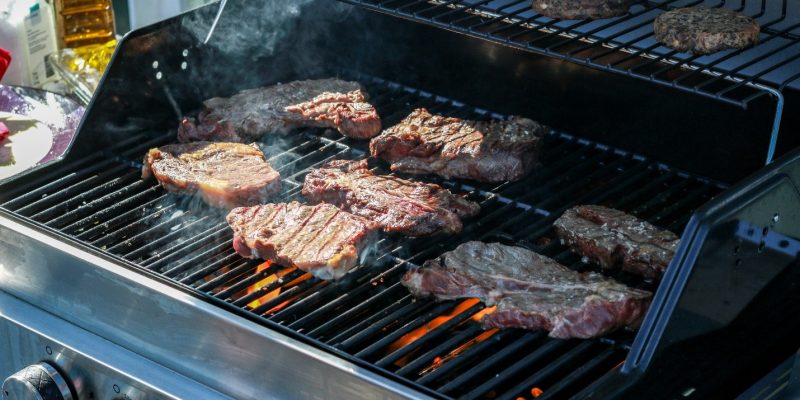
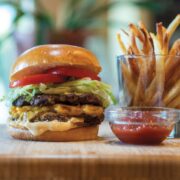
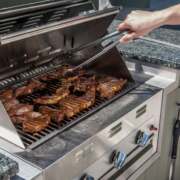
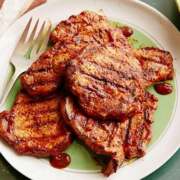

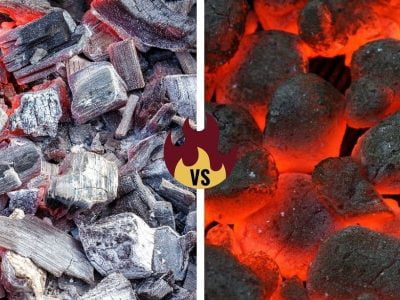
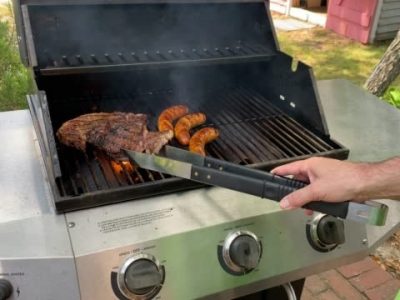
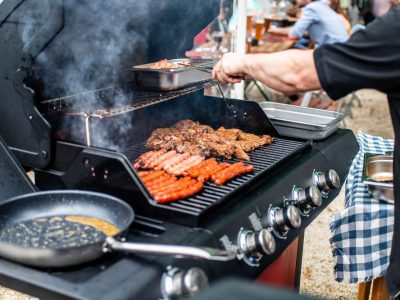
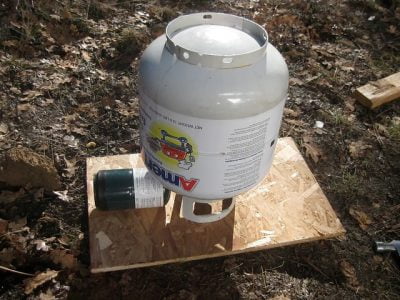
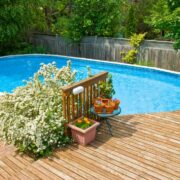

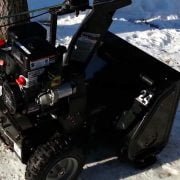
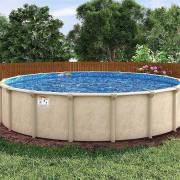
[…] have compiled this post to help you understand the gas and charcoal grill, gas grill low flame, and which grill is better. So, keep reading to know more about the gas and charcoal […]
[…] A gas grill offers smooth functioning, but sometimes, you might face problems like low flame in gas grill. […]
[…] For example, when you use a gas grill, it tends to work unpredictably as there is no control to regulate the flow of propane to the grill. […]
[…] it be affected by a gas grill with a low flame, etc.? If you are also wondering the same, relax; there is nothing to worry […]
[…] how to address low-flame issues in gas grills is crucial for maintaining the optimal performance of your grill. It’s important to research […]
[…] issues like a low gas grill flame can be frustrating, but troubleshooting gas grill issues before your guests arrive can save the […]